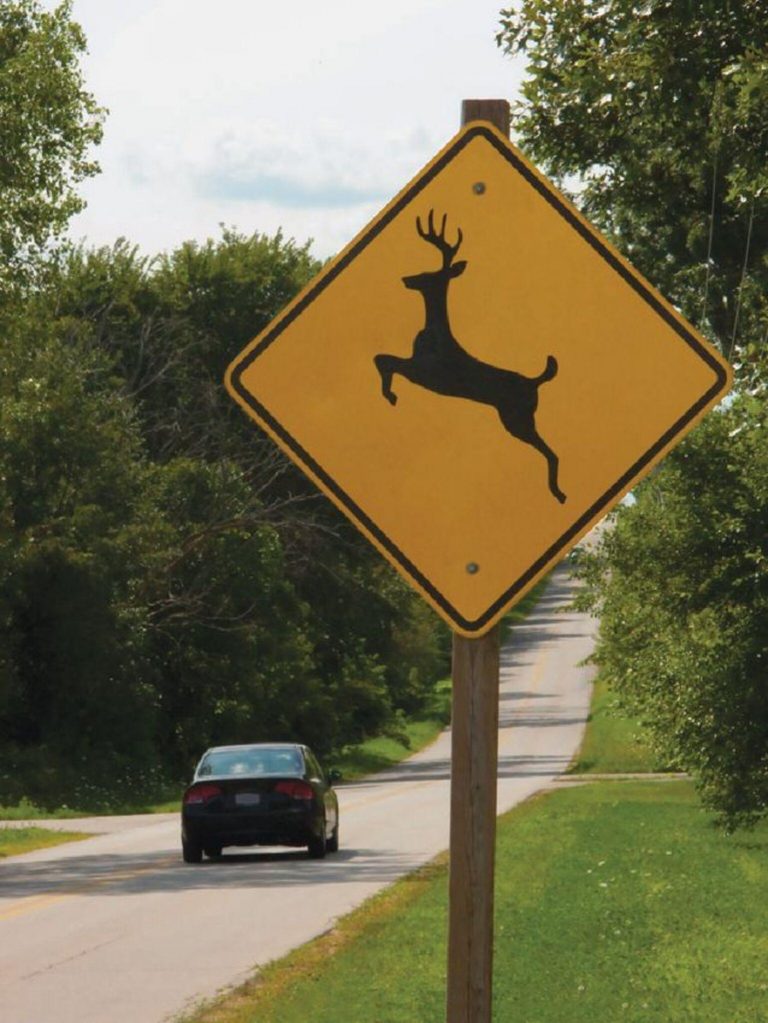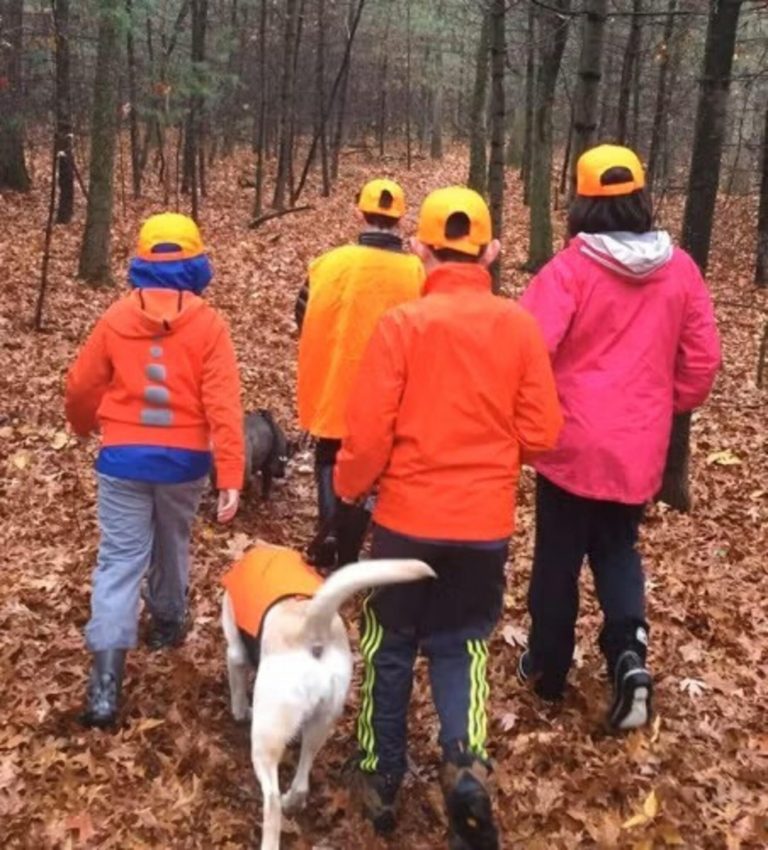By Jason Vance
Special to the Courier-Tribune
When thinking about farming, insects are usually not something that comes to mind. However, there is work being done to use insects in existing agricultural food systems to produce proteins. Among the insects being looked at for raising and breeding are crickets, mealworms and black soldier flies. They are actually called micro livestock.
“In the world of entomology insect farming is not too new,” said Kansas State University Entomologist Brian McCornack. “Most people don’t realize this but honeybees are actually considered livestock by the USDA because of their importance in pollination but also the products we can produce from them.”
McCornack said this is being looked at as an added value byproduct. In agriculture waste is often turned into other kinds of products and insects can play a very key role in providing a low value side stream and turning it into a high value protein source. Some of these protein sources won’t necessarily go into human food but will have an indirect impact.
“A worldwide concern is how to feed an increasing human population, which is predicted to reach 9 billion people by 2037,” McCornack said. “Insects can be used to convert low-value side streams and agricultural byproducts into high-value end products, such as high-protein, low-impact feed for livestock, poultry and fish.”
This is a way to add a new product, not replacing but finding new ways to produce a high value protein and in many cases using less water, resources and land.
“You can actually stack a lot of these insect trays to take up less space,” McCornack said. “So it kind of gets us to think more innovatively about our food systems and maybe what we can do differently.”
To get started and to be successful you need to understand where these kind of proteins fit in before getting into it. Knowing who you are producing for, what are some of their needs and really understanding that this is raising animals.
“They’re just really tiny and lots of them so you are kind of thinking about the same things like what genetics should I be using, what species I should be using and then when I have them in a confined space there are other pest considerations on how to best protect the species of interest,” McCornack said. “Also think about what food streams or waste steams you’re using to be cost effective and at the same time available that allows you to produce enough. It is similar kinds of challenges that producers face in more traditional livestock systems.”
Beyond feed and food, insects are versatile organisms. McCornack said they can also be used in fertilizers and even industrial applications like biodegradable plastics. Insects can also break down agricultural waste into nutrient-rich compost that can be returned to the soil, supporting sustainable farming practices.
“Their potential stretches far beyond what most people imagine,” McCornack said. “As awareness grows, there’s an opportunity for rural communities and farmers to be at the forefront of a production system that’s both environmentally smart and economically promising.”




